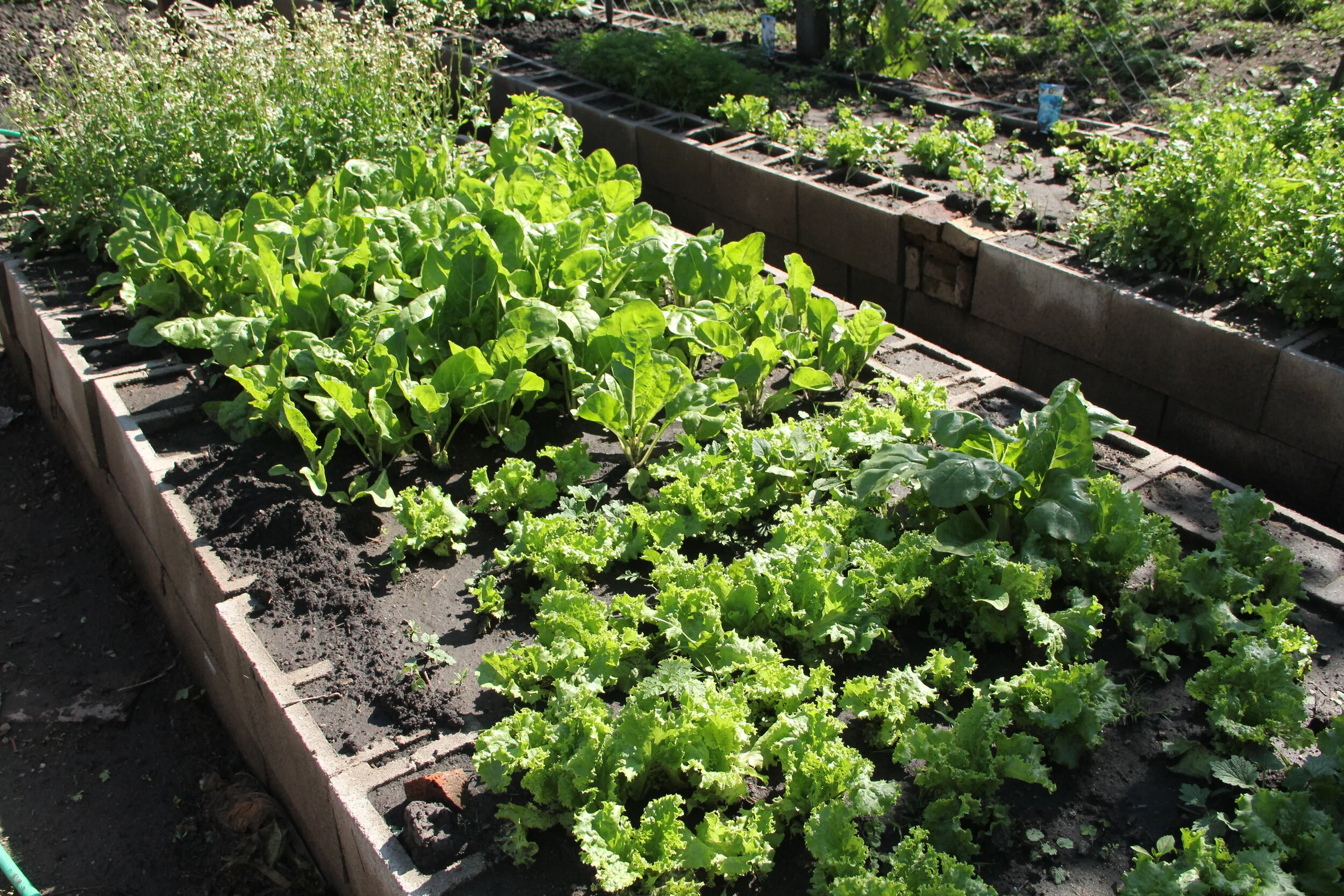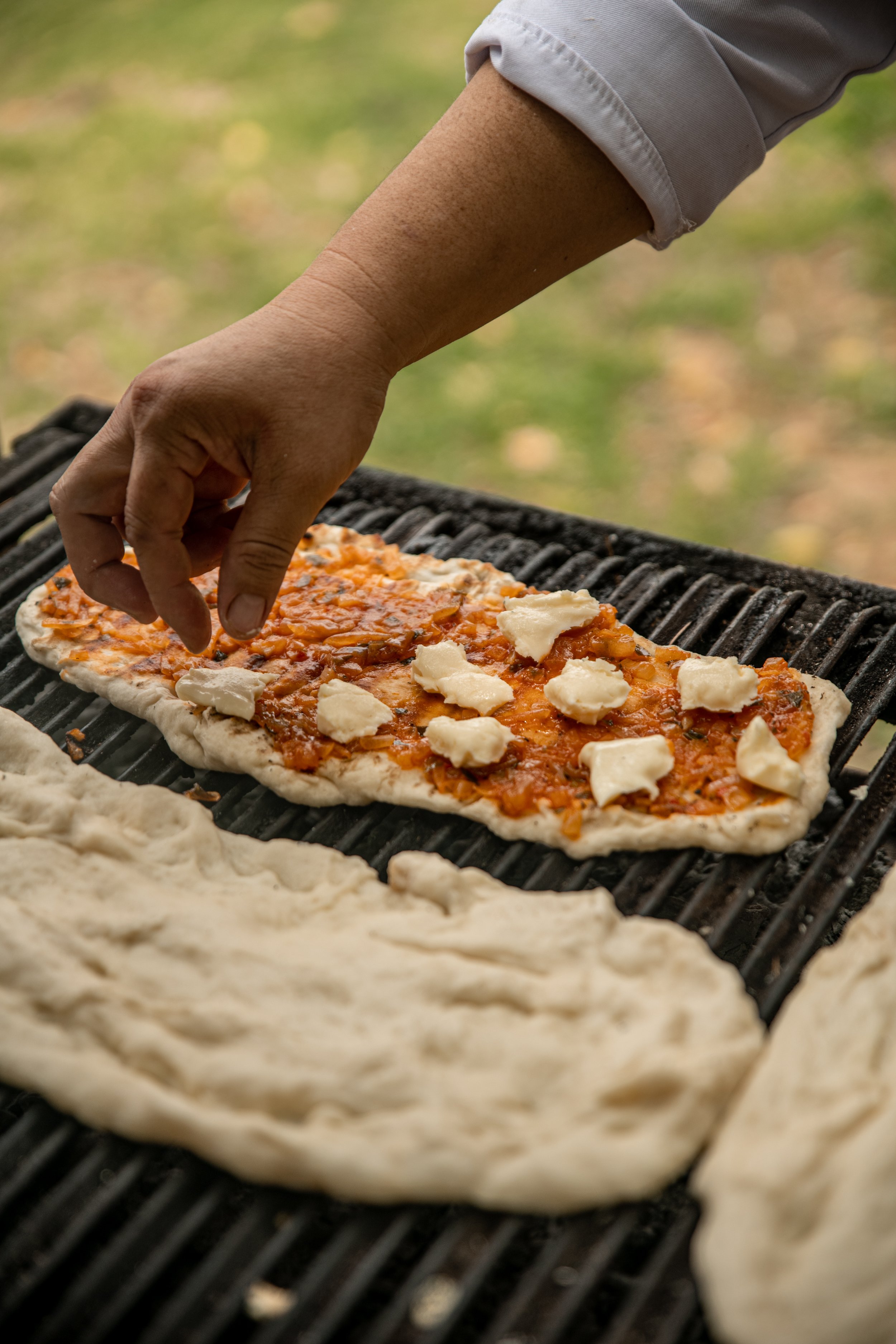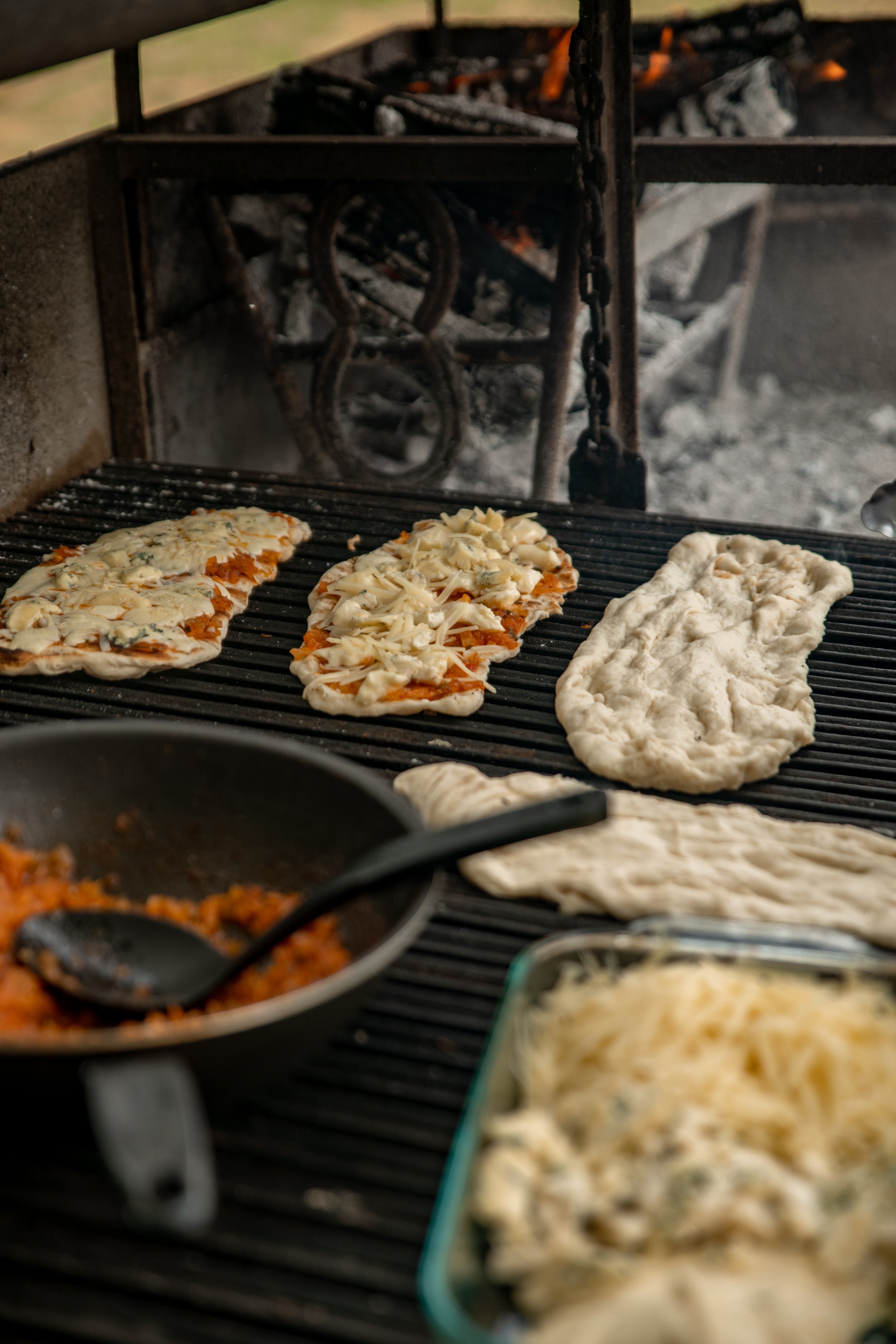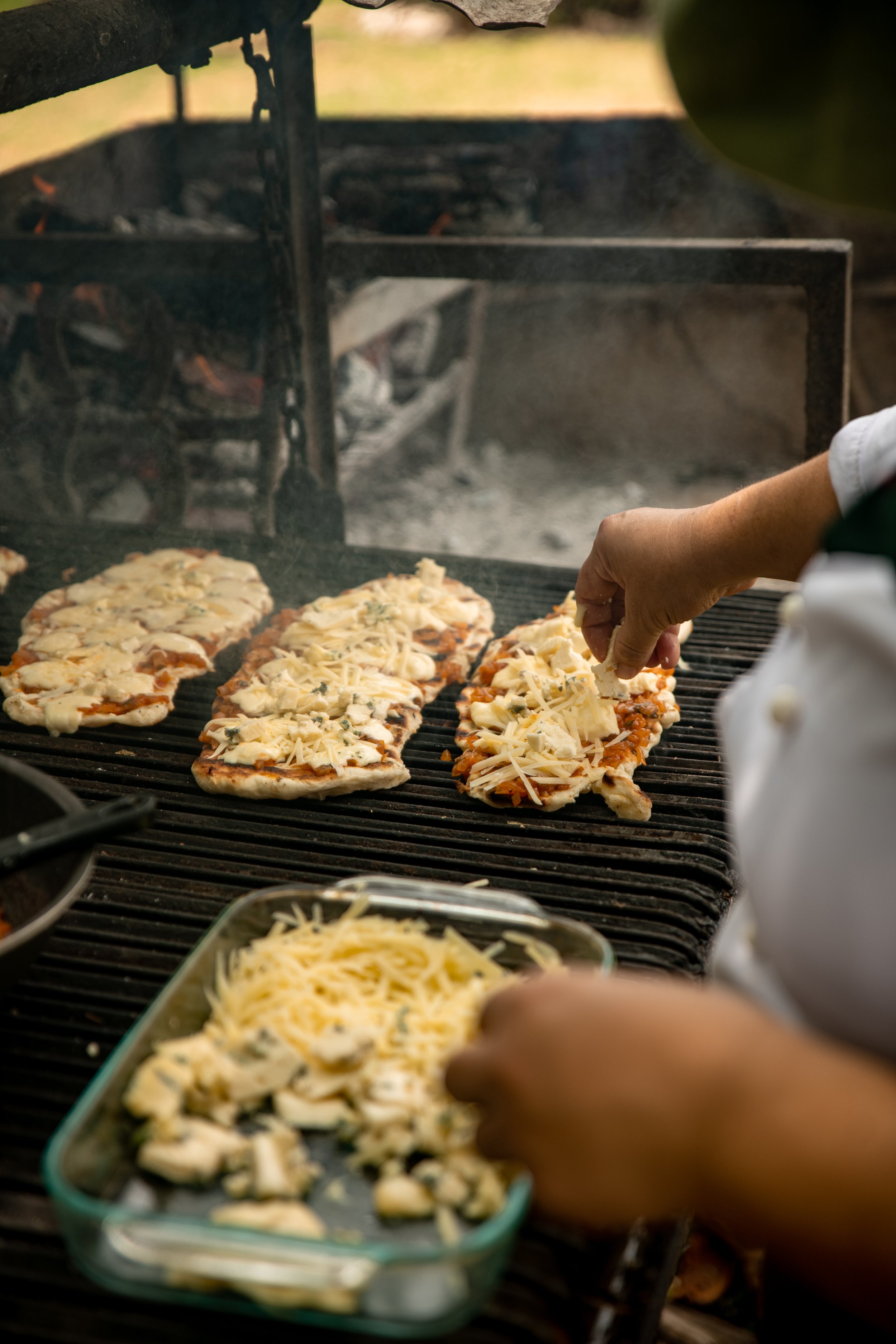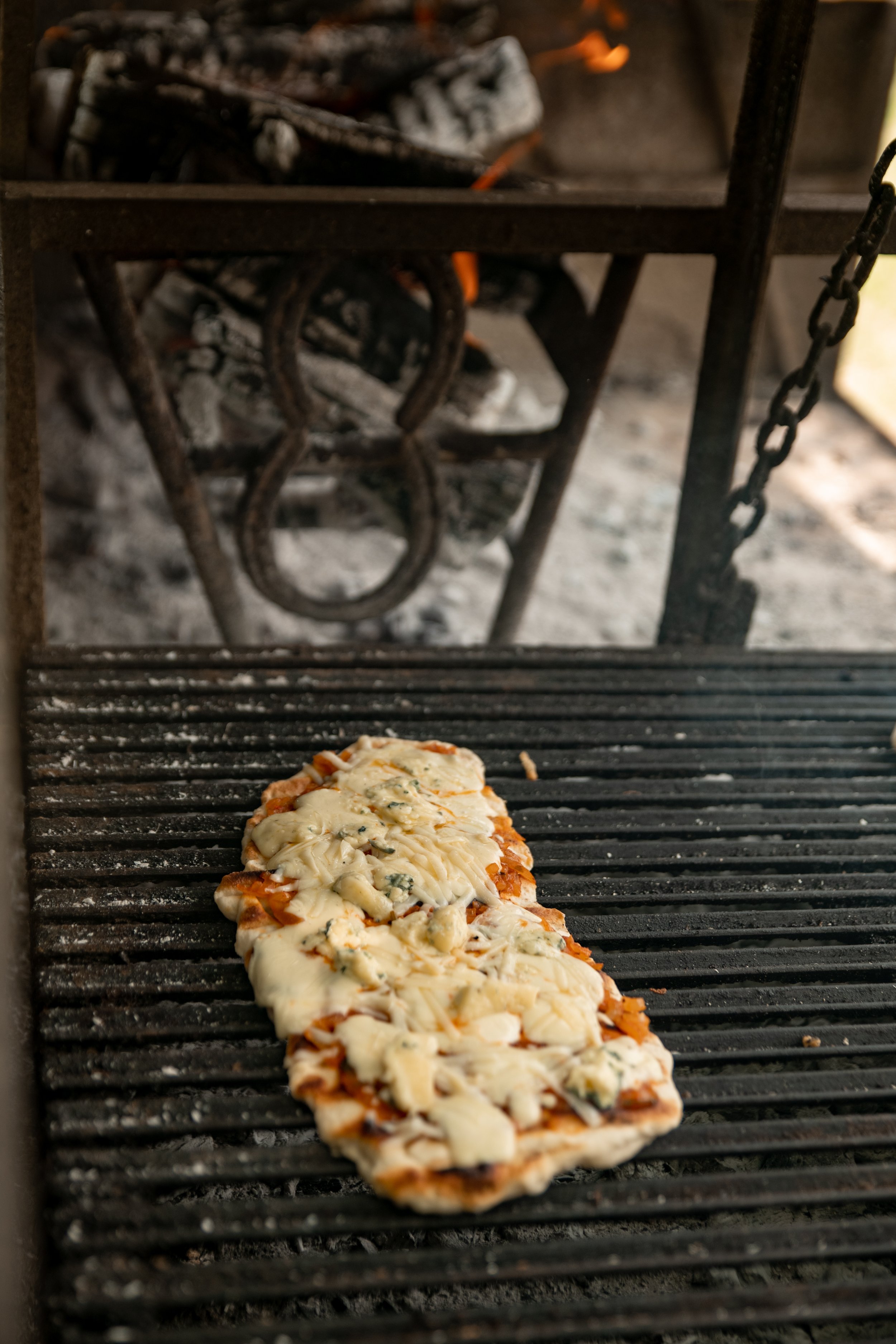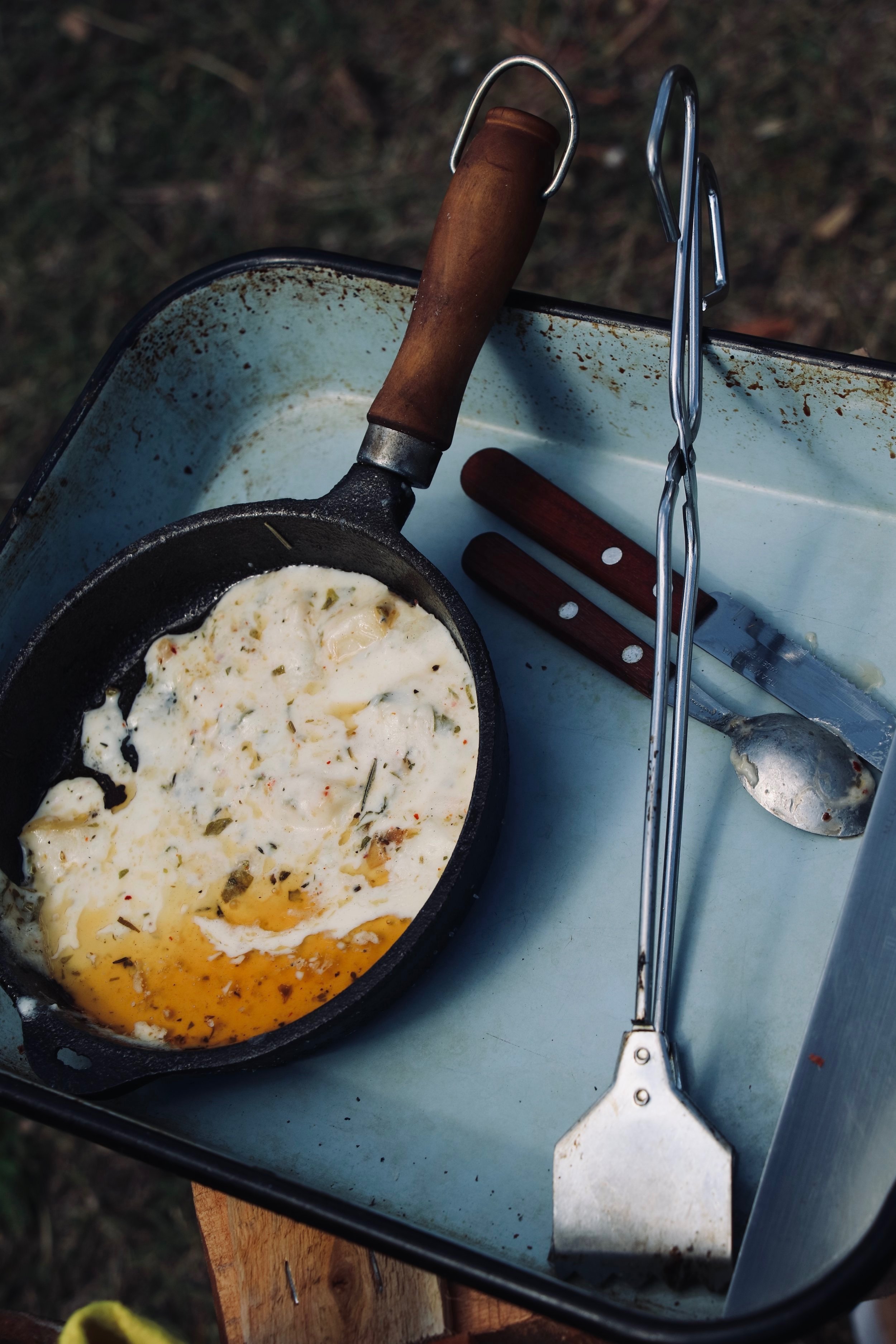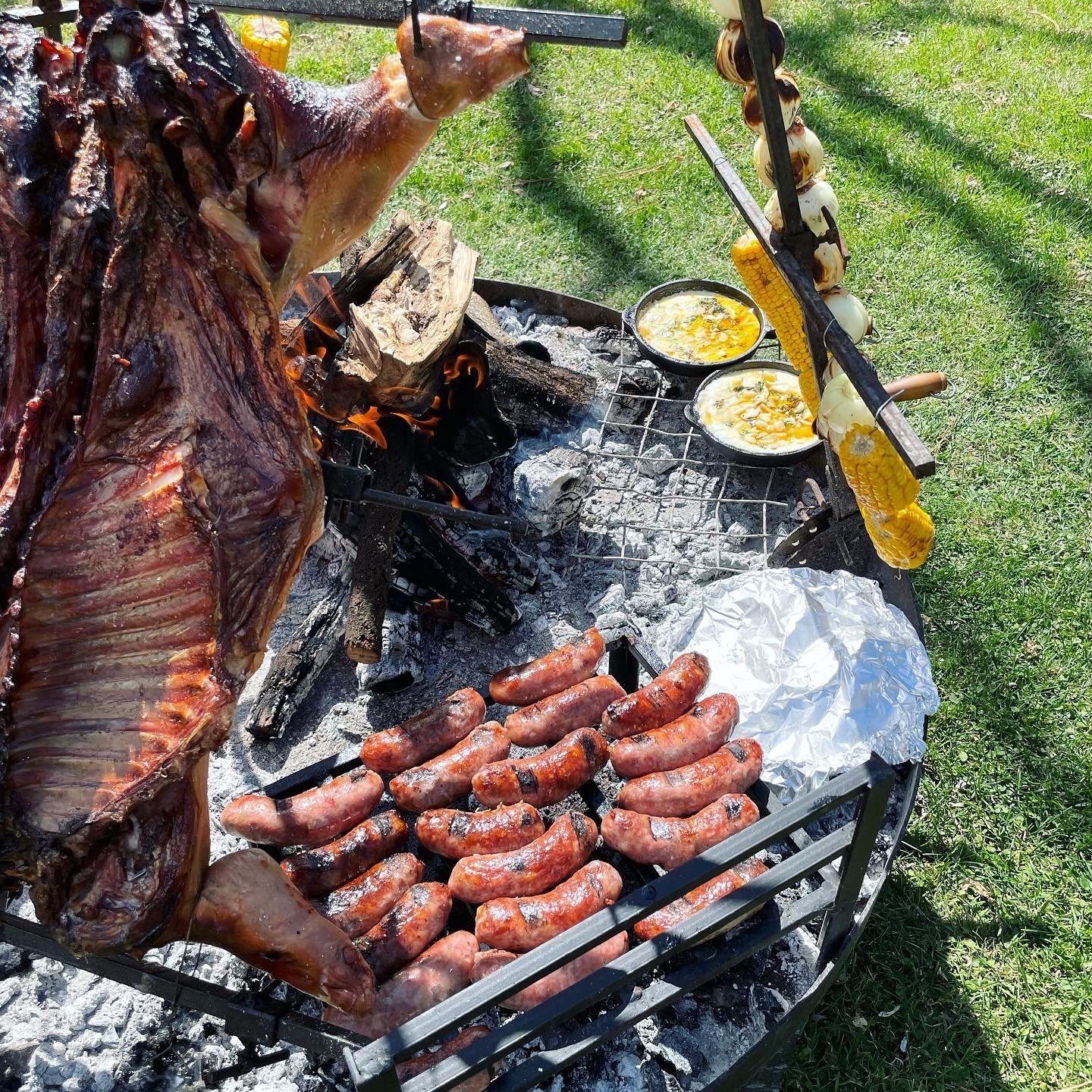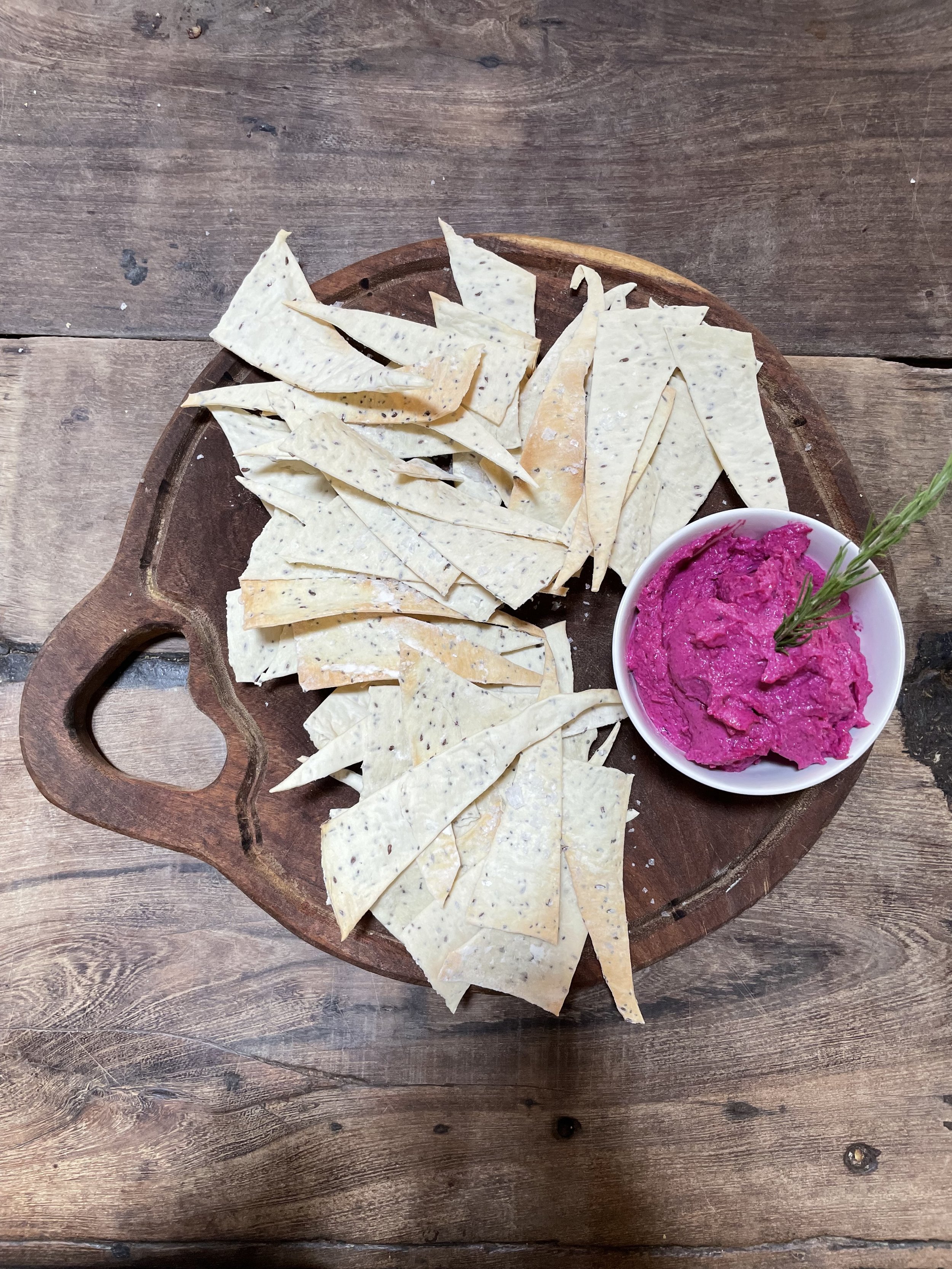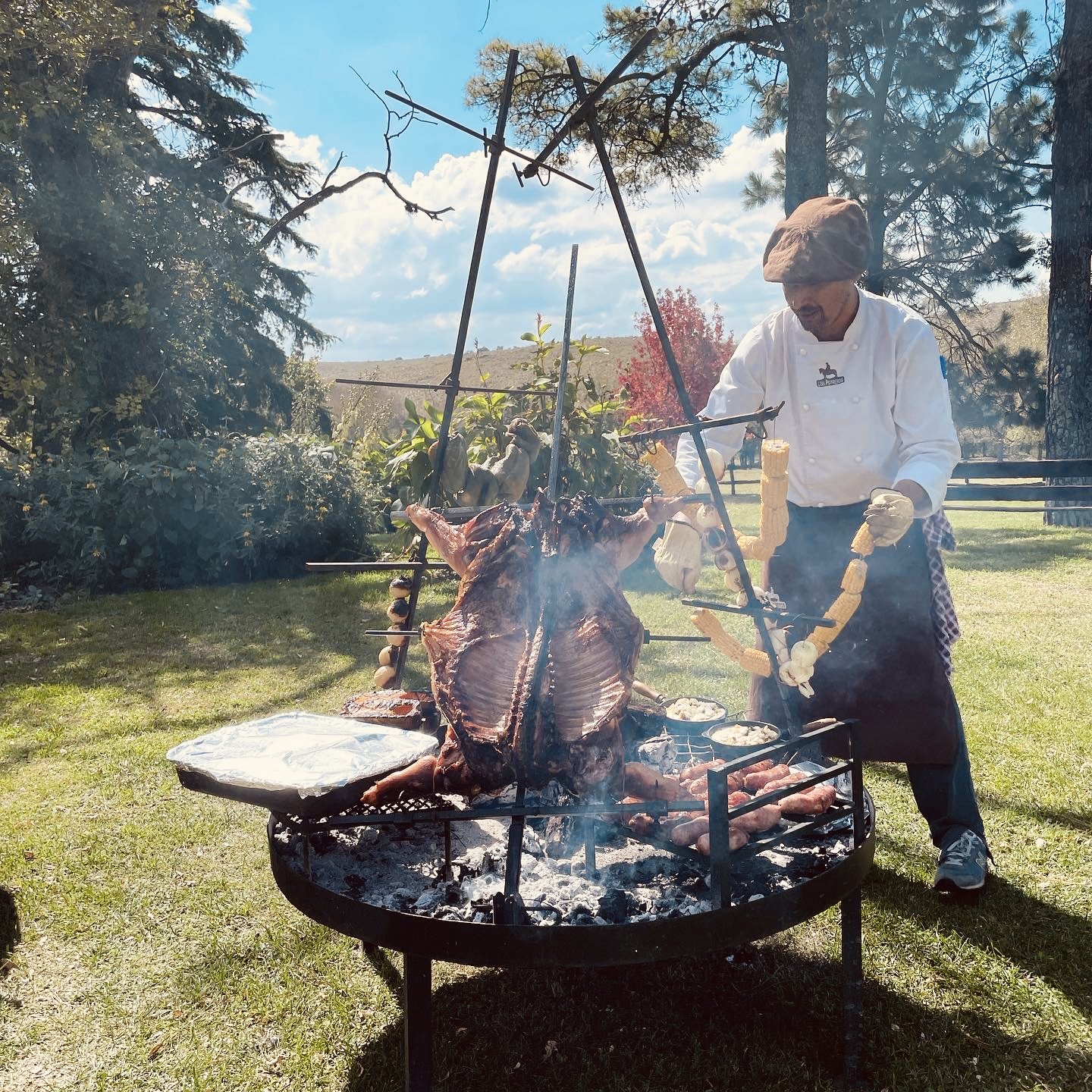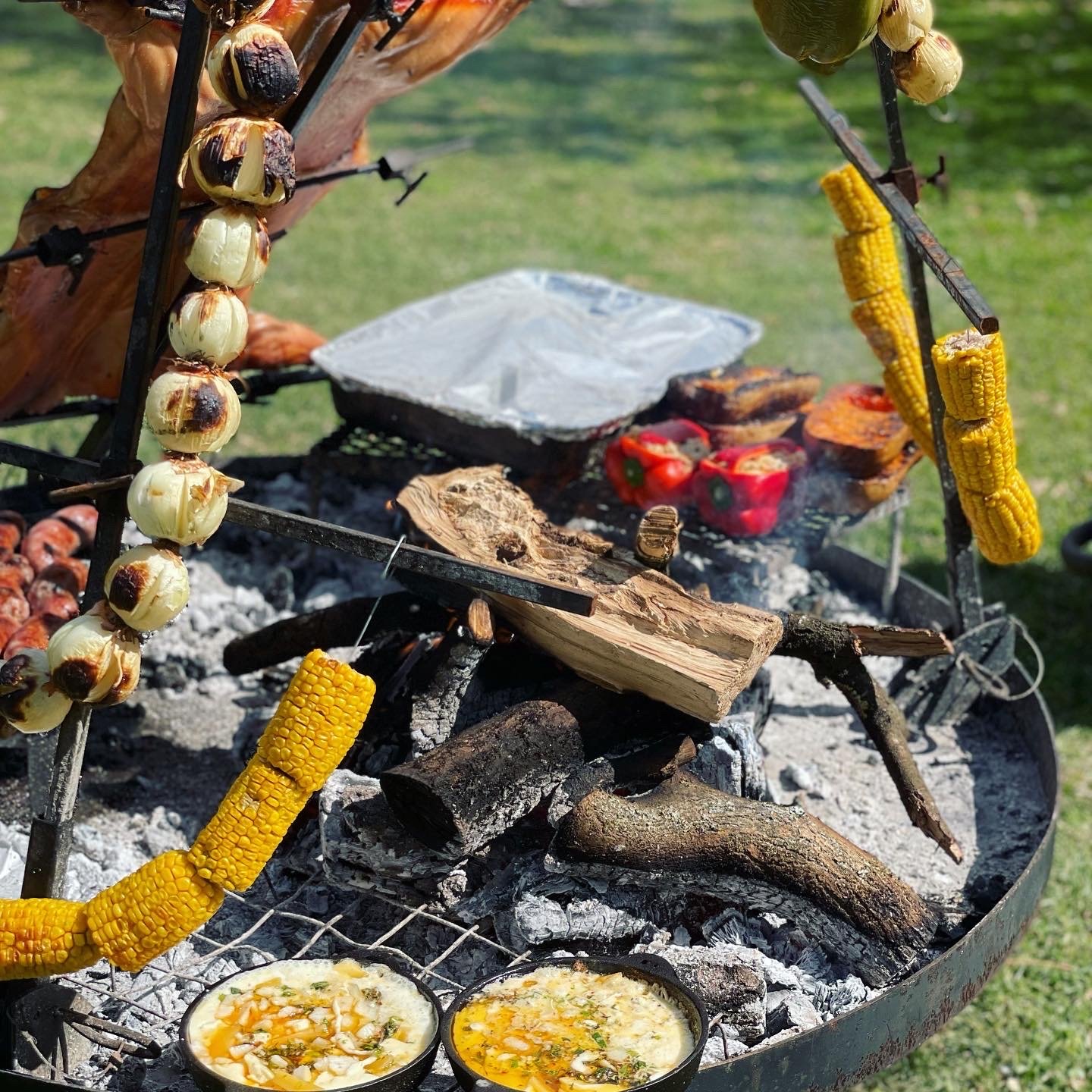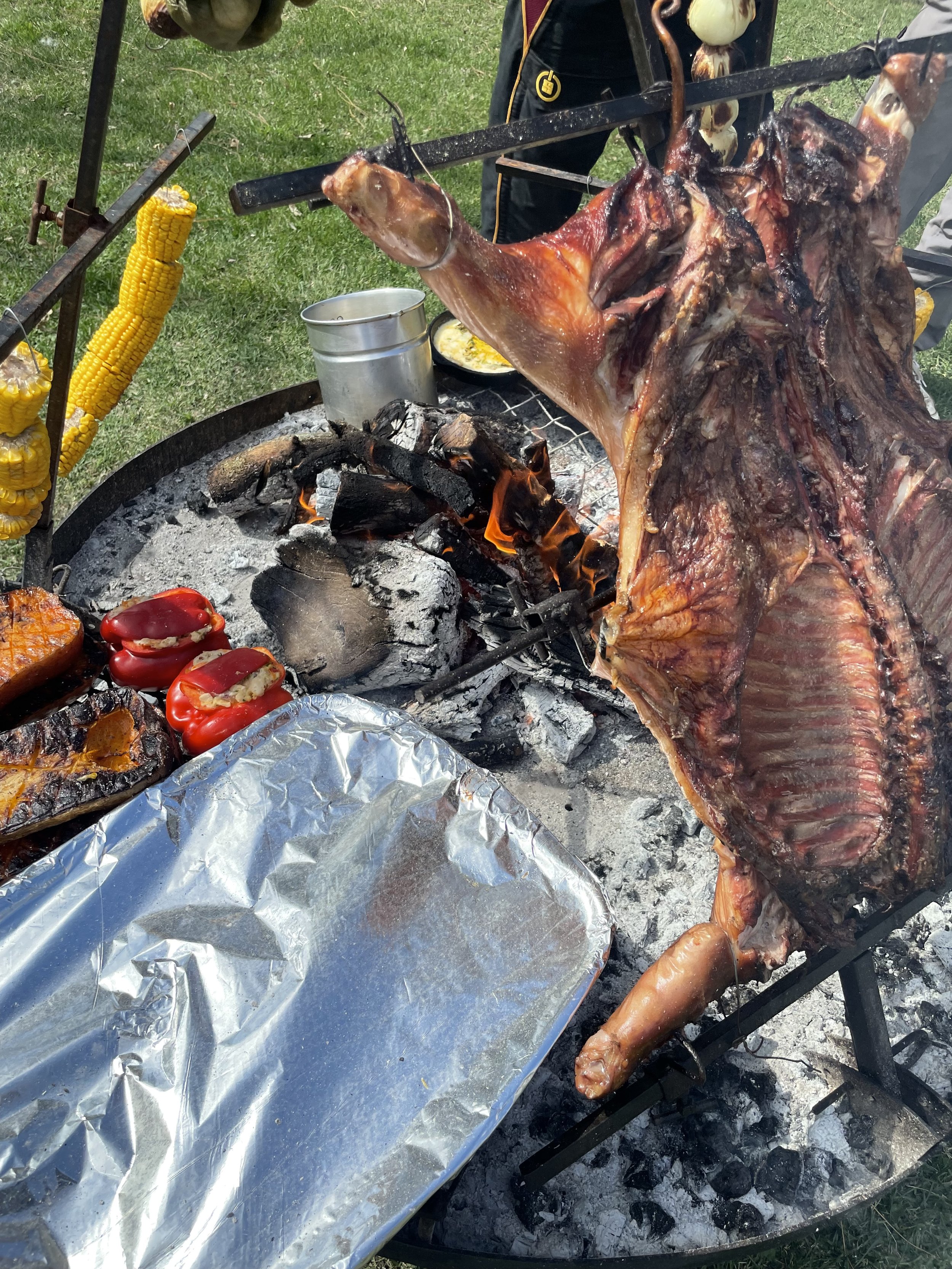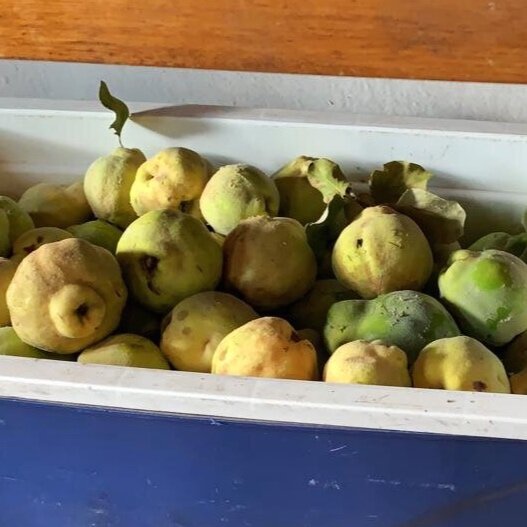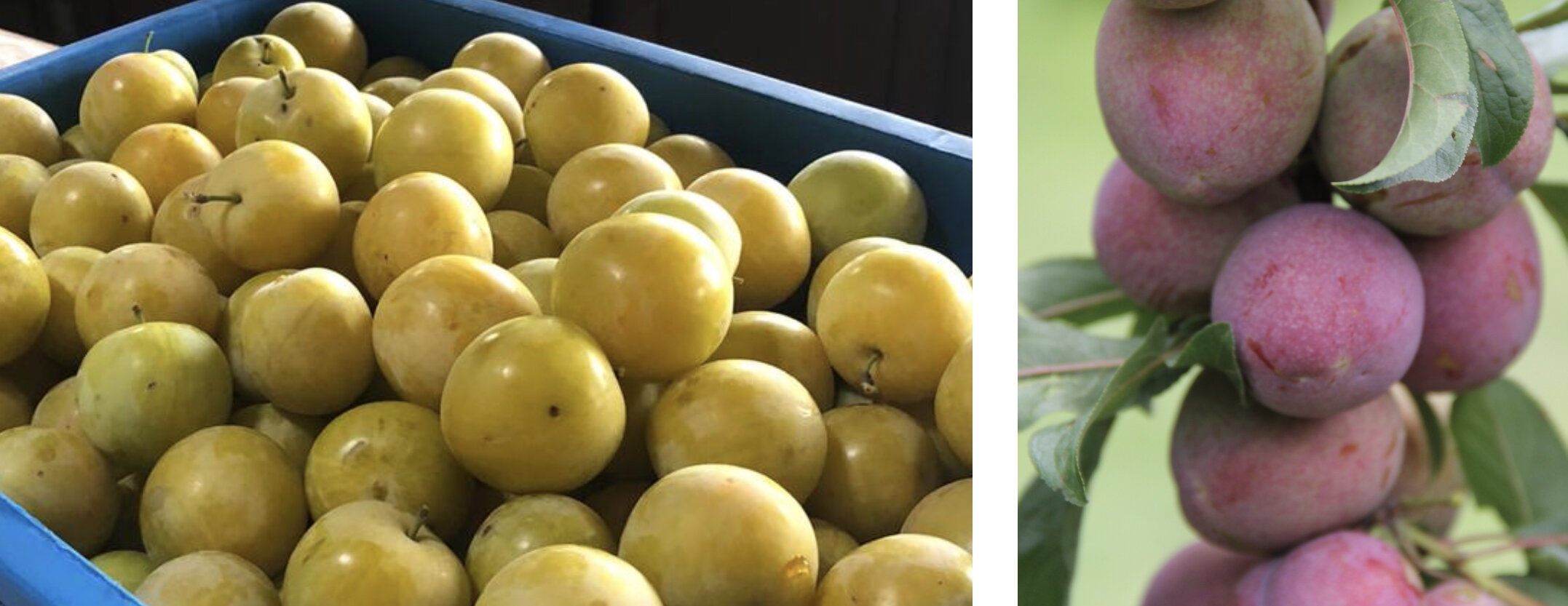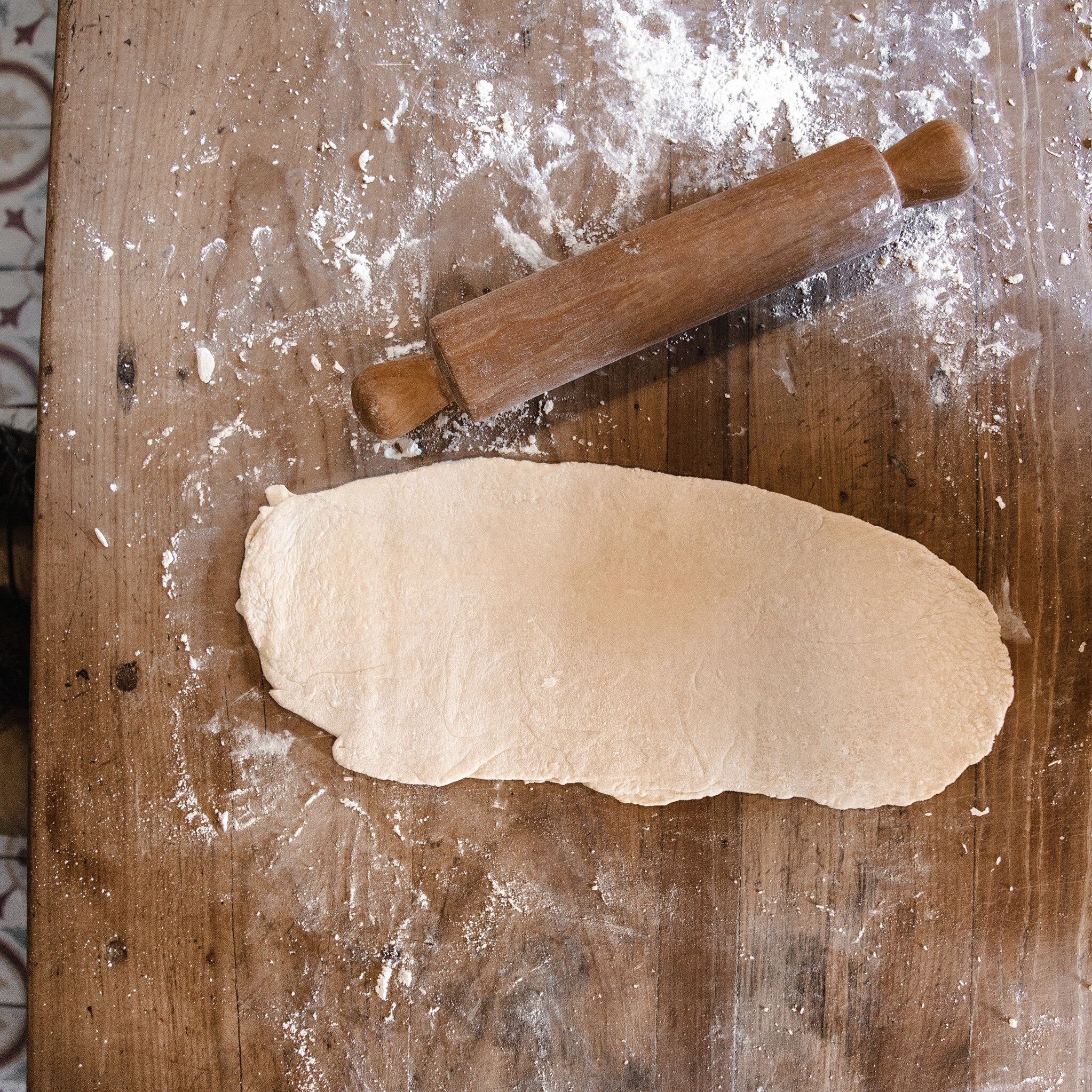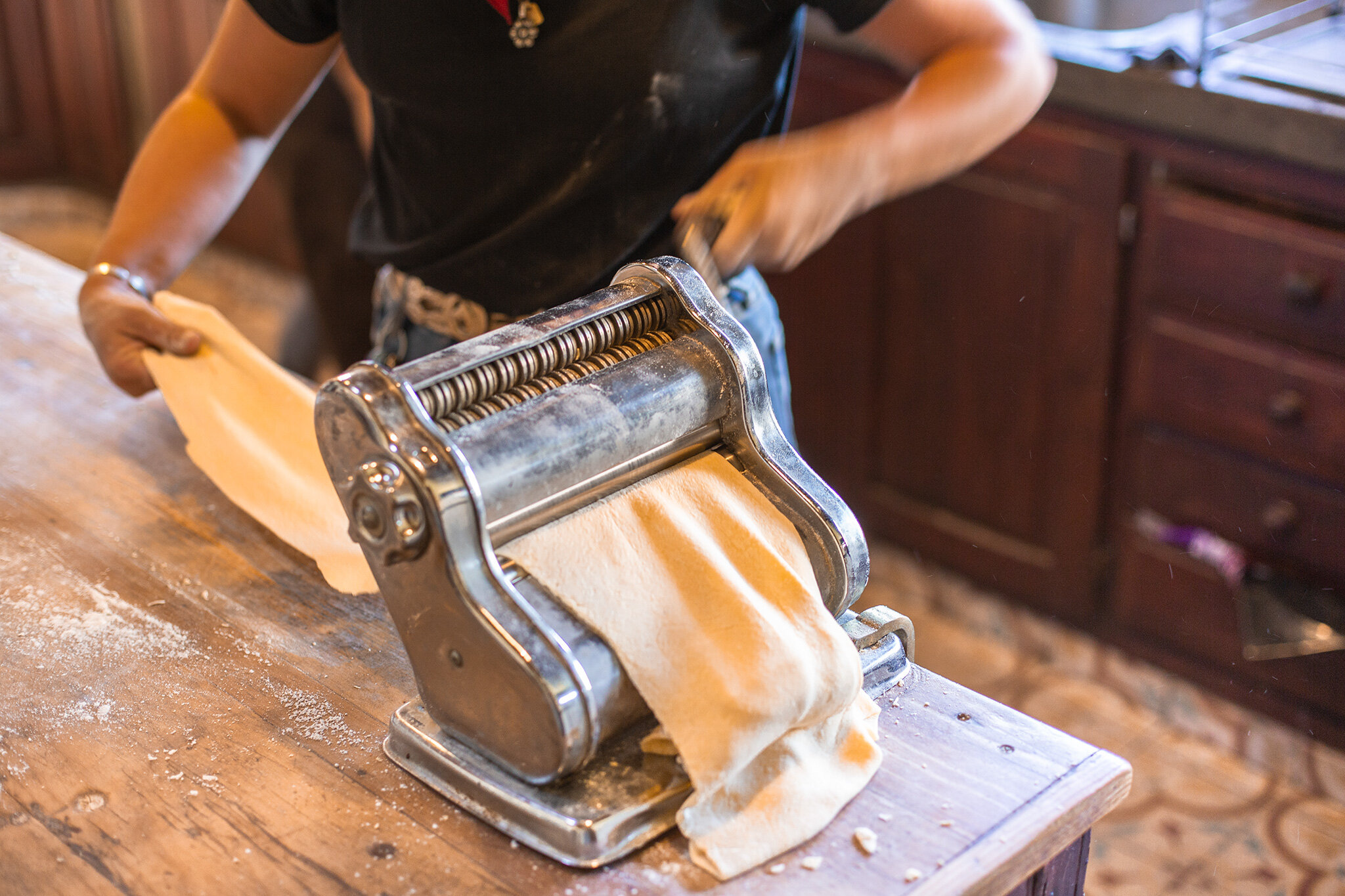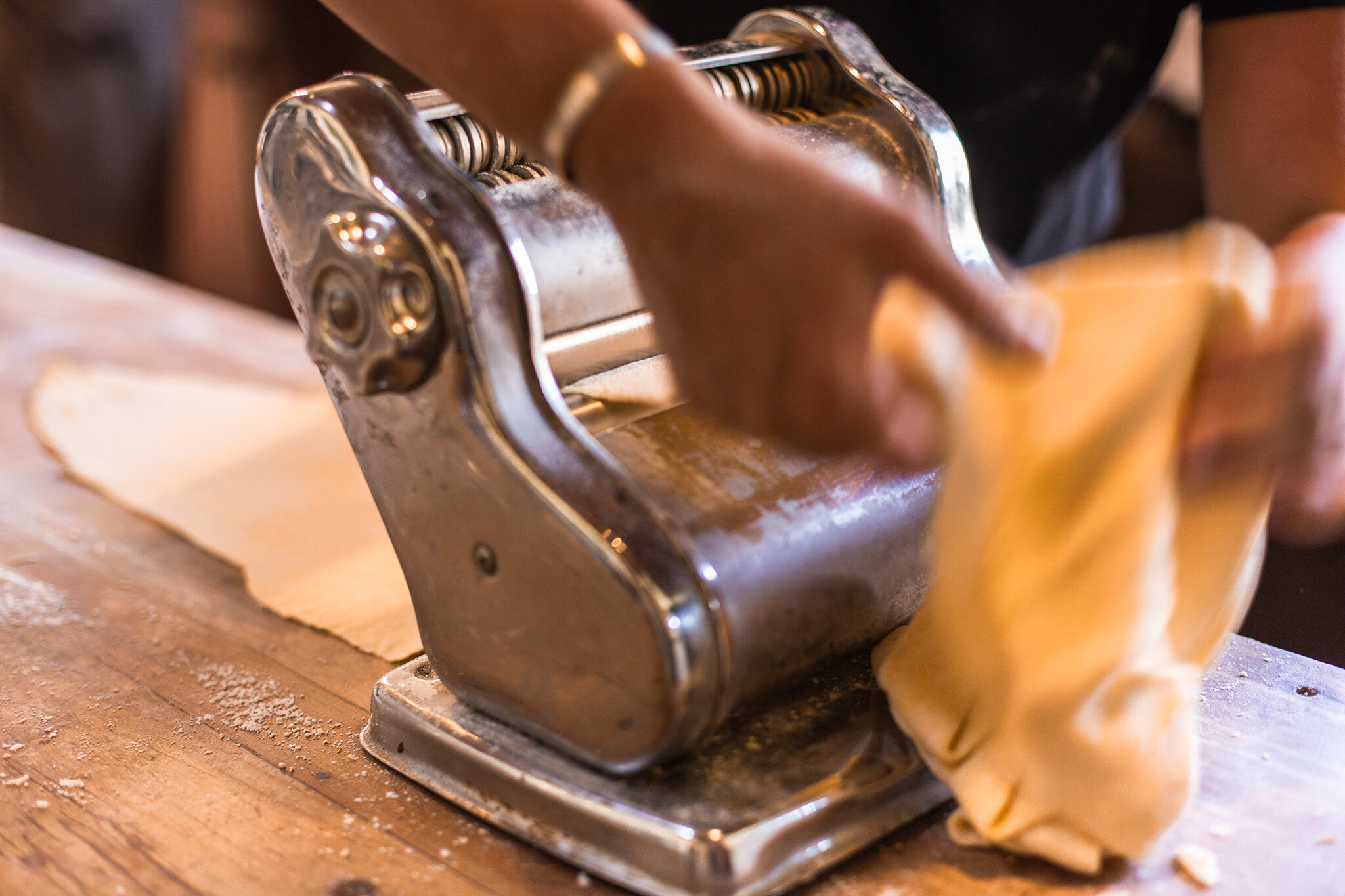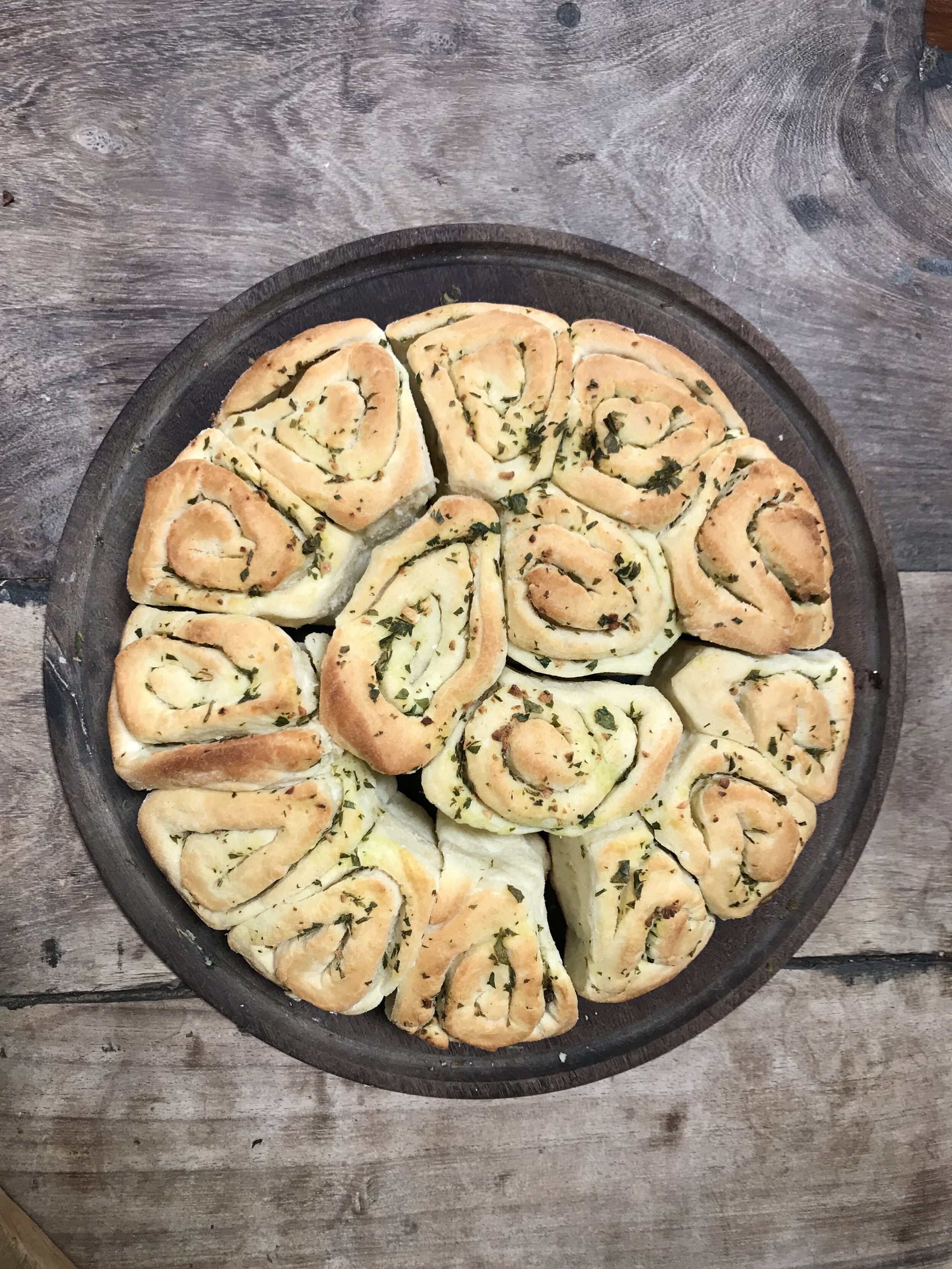This is a Los Potreros speciality, the smoky taste of the pizza base from cooking outside on the parrilla combined with four different cheeses from Argentina and a rich tomato sauce is a speciality and one of our most popular lunches. Alongside making it a meal, we often use it as a ‘picada’ before an asado.
Serves 6
375ml tomato passata
Fresh basil and oregano
150g cheddar cheese, grated
150g blue cheese, crumbled
150g mozzarella
150g additional hard cheese (we use an unaged Parmesan)
2tsp dried oregano
2tsp chilli flakes
2 garlic, chopped
2 onions, diced
2tsp dried yeast
1 tsp sugar
450ml warm water
600g 00 flour, plus extra for dusting
1/2 tsp salt
2tbs olive oil
Preheat the oven to 200ºC/390ºF or light your fire if you are cooking on a grill or outdoor pizza oven.
To make the dough combined the flour and salt in a bowl and make a well in the centre. Pour in the yeast mixture with olive oil, and the warm water and knead for around 10 minutes until the dough is sticky and smooth and no longer sticks to your hands. If the dough is to sticky add more flour or water if it becomes to dry.
Using floured hands, transfer the dough to a lightly oiled bowl and cover with a tea towel and leave to sit for an hour until it has doubled in size.
Whilst you are waiting for the dough to prove, make the sauce by sautéing the garlic, onions and then adding the tomato passata, herbs and allow to cook through. Grate the cheese and leave to sit out of the fridge, this will help them to cook a little faster.
Divide the dough into two portions, on a lightly floured surface, roll and stretch out the dough to form a large thin circular or rectangle shape Transfer onto a lightly floured baking tray and repeat with the second.
If you are cooking on an outside grill, ensure you have plenty of coals and rub some olive oil into the dough to. make sure it does not stick and cook on each side. If you are cooking in the oven place the baking tray in the hot oven and flip the dough over as it starts to colour. This will happen quite quickly if the oven is hot! Otherwise transfer the dough into the pizza oven and allow the dough to go golden on each side. Remove from the oven and spread the tomato passata over the base and sprinkle with cheese and any remaining herbs. Argentines often add parma ham, onion or fresh olives as toppings. Once you have topped according to taste cook again long enough for the cheese to melt.

